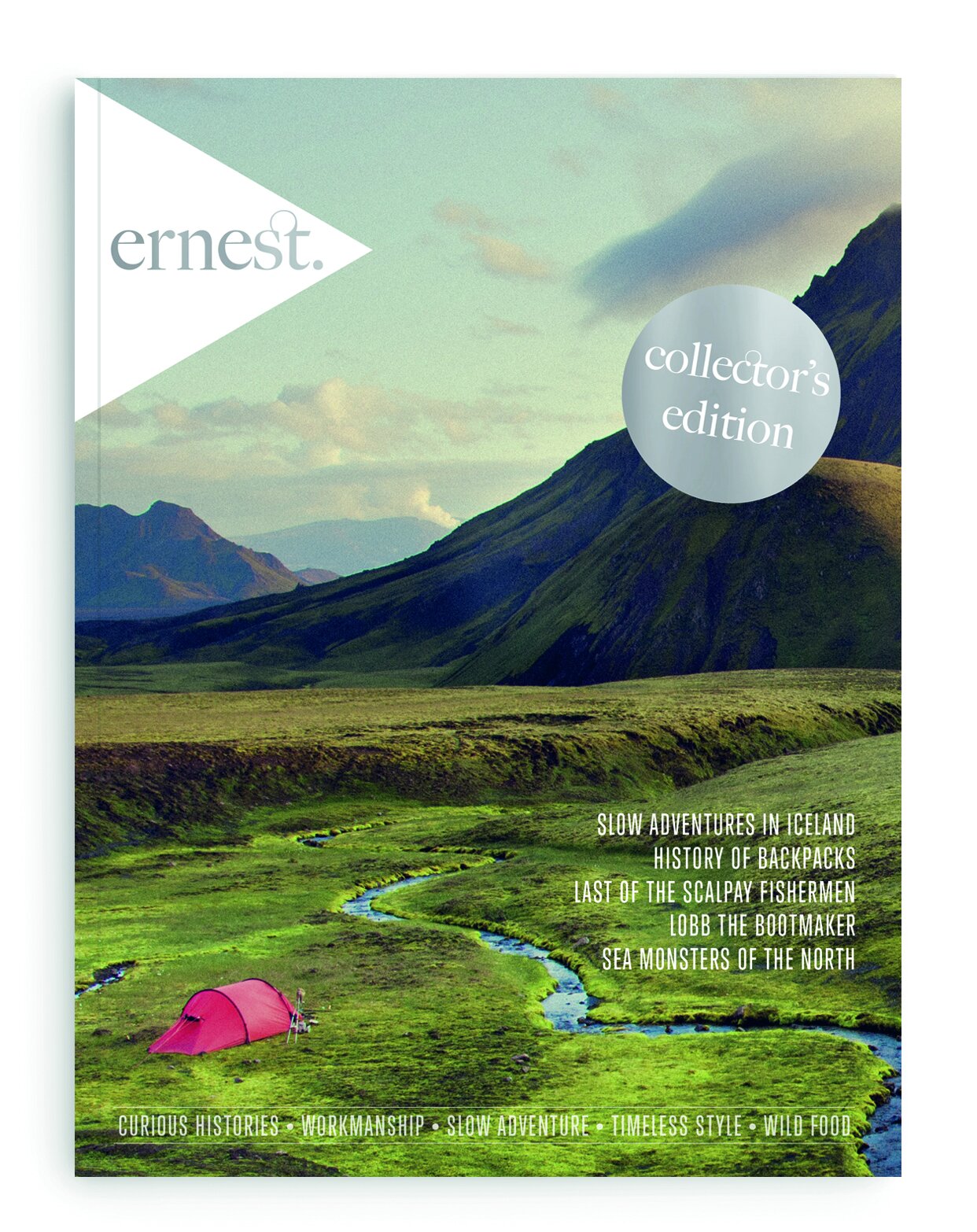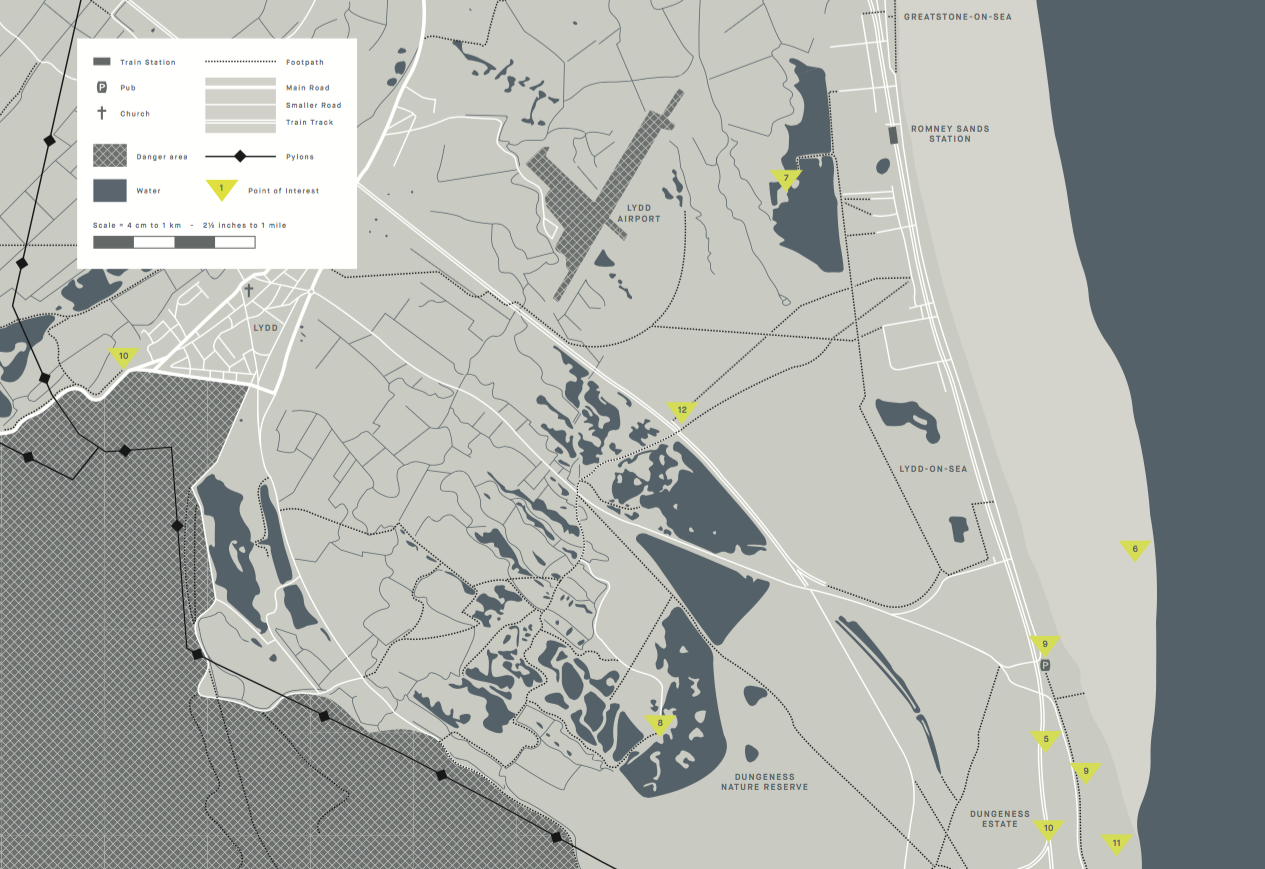With ingenious craftsmanship and derring-do, Nicholas Owen - patron saint of illusionists and escapologists - saved the lives of many priests in the 16th century, as Mark Blackmore relates
Design: Tina Smith
England at the time of the succession from Elizabeth I to James I was not the best place and time to be a Catholic. Having had their rather brief day under the reign of Elizabeth’s predecessor Mary I, or Bloody Mary, Catholics were now viewed by the ruling powers as dangerous at best, as kindling at worst. So if you were a Catholic priest it was a good idea to have a hiding place available.
Fortunately, at this time there lived a man who mixed genius with derring-do, who would have won an All-England hide-and-seek competition with ease, who overcame great physical disability to show such courage and resourcefulness that in 1970 he was canonised by Pope Paul VI.
Nicholas Owen was, according to contemporary reports, barely larger than a dwarf. He suffered from a hernia and a severe limp, one leg having been crushed by a horse. He travelled the country under the name of ‘Little John’, and on his travels he built priest holes so cunningly placed it is believed many still exist, undiscovered, to this day.
A priest hole is a tiny concealed chamber built into a house – in the panelling, under a staircase, behind a false fireplace. Catholic priests would use them to evade pursuivants, or priest-hunters.
Owen, always working alone at night, was a master of concealment. A good example of his work can be seen at Harvington Hall in Worcestershire. There, on a staircase, is one step that, if pressed to a certain angle, opens an entrance to a small room in which someone with enough food and water could stay for weeks.
Little is known of his early life – the best guess is that he was born around 1550 in Oxford to a devoutly Catholic family, becoming a carpenter by trade. He worked most of his life in the service of a Jesuit priest call Henry Garnet, and was himself admitted into the Society of Jesus as a lay brother.
Owen was first arrested in 1582, after publicly proclaiming that the Jesuit priest Edmund Campion, who had been found guilty of high treason and hanged, drawn and quartered, was not guilty. After his release he managed to evade arrest until 1594. This time he was tortured, but revealed nothing of his work, and was released after a wealthy Catholic family paid a hefty fine. The authorities at this time believed him to be a man of no significance, who simply happened to have some wealthy friends.
A figure of stealth
If only they’d known they had a wee Elizabethan James Bond on their hands. On the night of 4 October 1597 Father John Gerard escaped from the Tower of London along with a colleague and, astonishingly, their gaoler, who would have been punished for their escape. They climbed from the Tower on a rope that had been strung across the moat. The man who planned and directed the entire daring escapade was of course Nicholas Owen.
In 1603 James VI of Scotland became James I of England, but things didn’t improve for Catholics. Just three years later Owen and three priests, two of whom had been involved in the Guy Fawkes Gunpowder Plot, were surprised by pursuivants at Hindlip Hall in Worcestershire. They bolted in pairs into two priest holes that Owen had already constructed, but had little in the way of supplies, and the pursuivants had come prepared. Though searches were predictably fruitless, the hunters included a full complement of carpenters and stonemasons. They simply began deconstructing the house, brick by brick, panel by panel.
With discovery imminent Owen gave himself up in the hope of distracting attention from the priests, but it was to no avail. All four were uncovered, and Owen’s capture in particular was widely celebrated.
Secretary of State Robert Cecil said “It is incredible, how great was the joy caused by his arrest... knowing the great skill of Owen in constructing hiding places, and the innumerable quantity of dark holes which he had schemed for hiding priests all through England.”
Nowhere to hide
Off to the Tower of London went Nicholas Owen, and this time there was to be no escape. Here was a man who could give information on the hiding places of many of the most dangerous enemies of the state, and the full weight of the era’s interrogatory methods were brought to bear upon him.
Owen was a brave man, but his body was not built to withstand such treatment. He was hung on a rack from iron gauntlets, and weights added to his feet. Even strapping an iron plate to his stomach could not keep his body from rupturing. He died, disembowelled, having provided his captors with no useful information. The government, finding itself somewhat embarrassed at having tortured to death a celebrity prisoner, claimed he had committed suicide, but this was met with public disbelief. The Venetian ambassador wrote home: “Public opinion holds that Owen died of the tortures inflicted on him, which were so severe that they deprived him not only of his strength but of the power to move any part of his body.”
He is now one of the Forty Martyrs of England and Wales, known to Catholics as Saint Nicholas Owen, patron saint of illusionists and escapologists. His friend Father Gerard wrote of him: “I verily think no man can be said to have done more good of all those who laboured in the English vineyard. He was the immediate occasion of saving the lives of many hundreds of persons, both ecclesiastical and secular.”
Discover more about priest holes and where to find them.











































